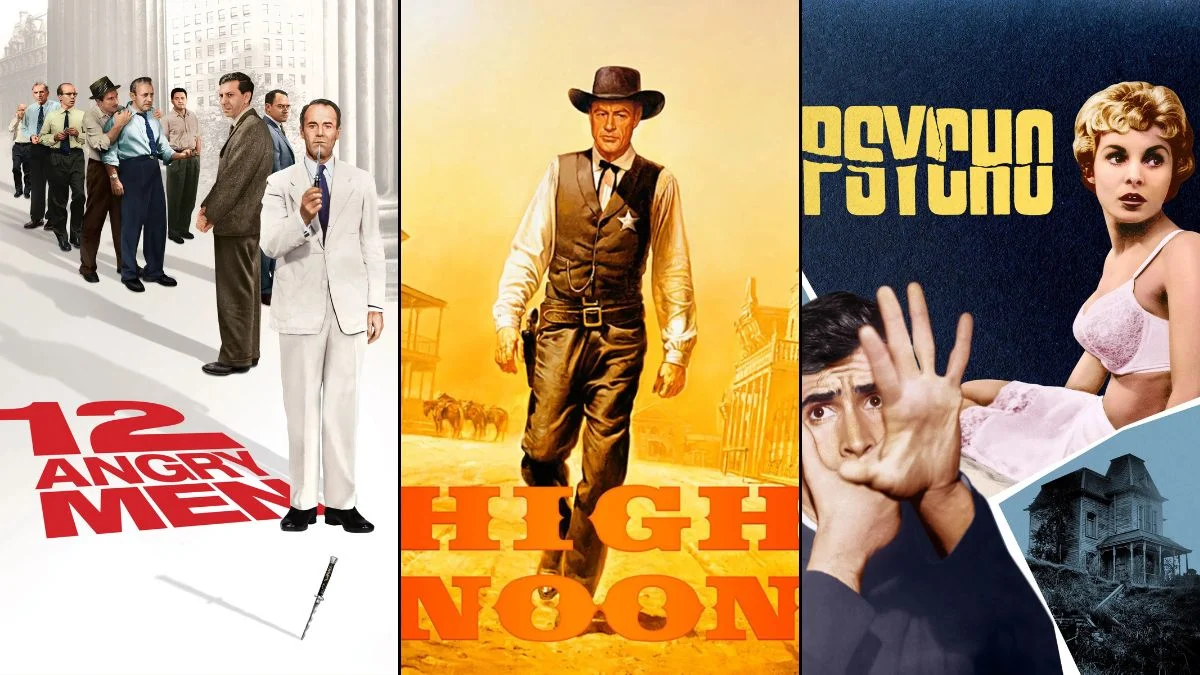
This collection highlights well-known movies with all-white casts, showcasing common casting choices and industry standards from the time they were made. You’ll discover a variety of genres – from legal dramas and suspenseful thrillers to love stories and musicals – that have left a mark on film history. Each movie listing includes a brief overview of the plot, the main actors and creators, and its significance, helping you choose your next watch. Think of it as a resource to explore classic films, compare filmmaking approaches across different years, and see how the art of filmmaking has changed over time.
’12 Angry Men’ (1957)
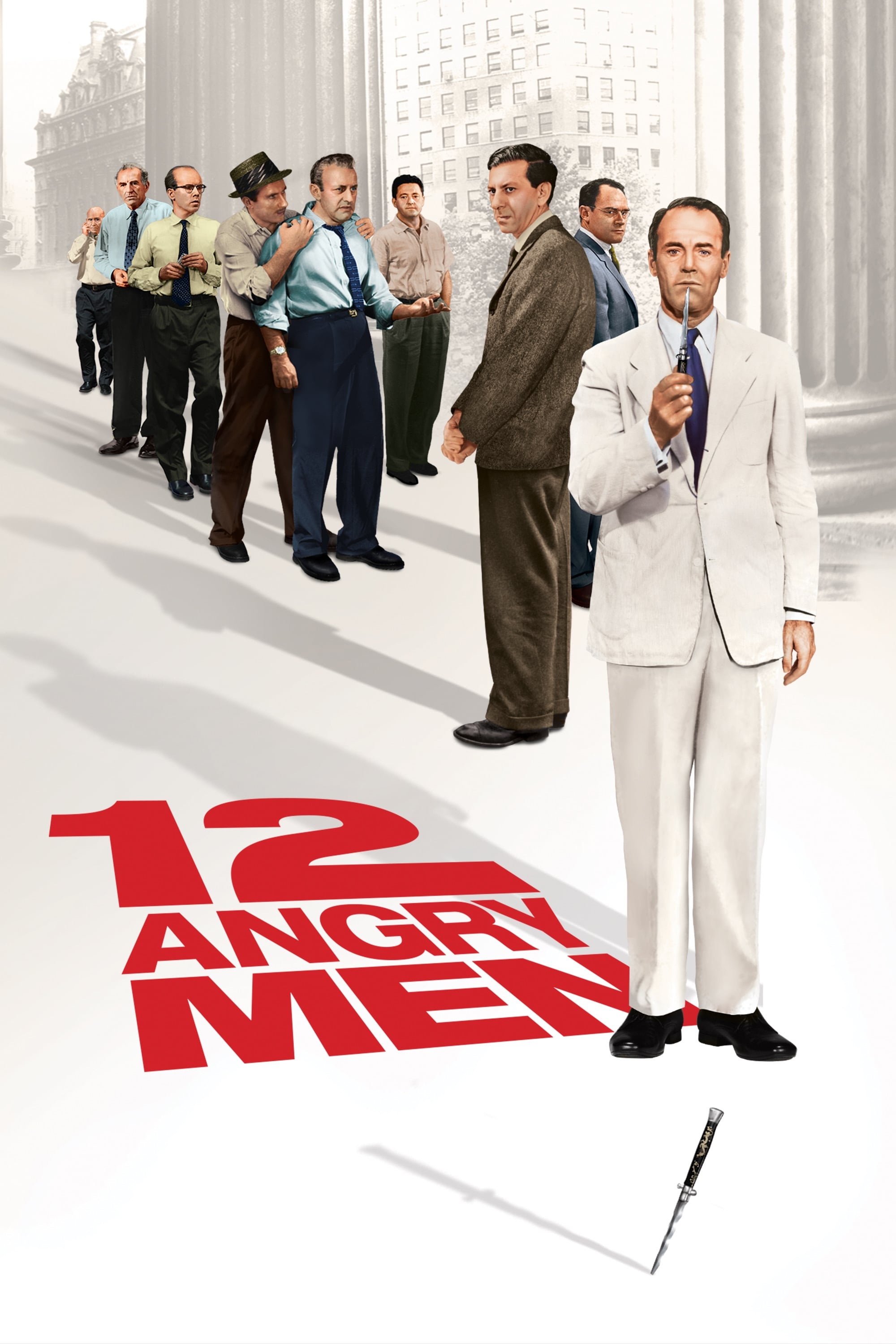
Sidney Lumet’s classic film follows the intense deliberations of a jury in a murder trial, taking place almost entirely within the jury room. Starring Henry Fonda and Lee J Cobb, the movie is based on a teleplay by Reginald Rose. It’s famous for creating a sense of real-time tension through subtle camera work, like slowly changing lenses and increasingly close-up shots. The film is often used in law and ethics classes because of its insightful look at reasonable doubt and how groups make decisions.
‘Psycho’ (1960)
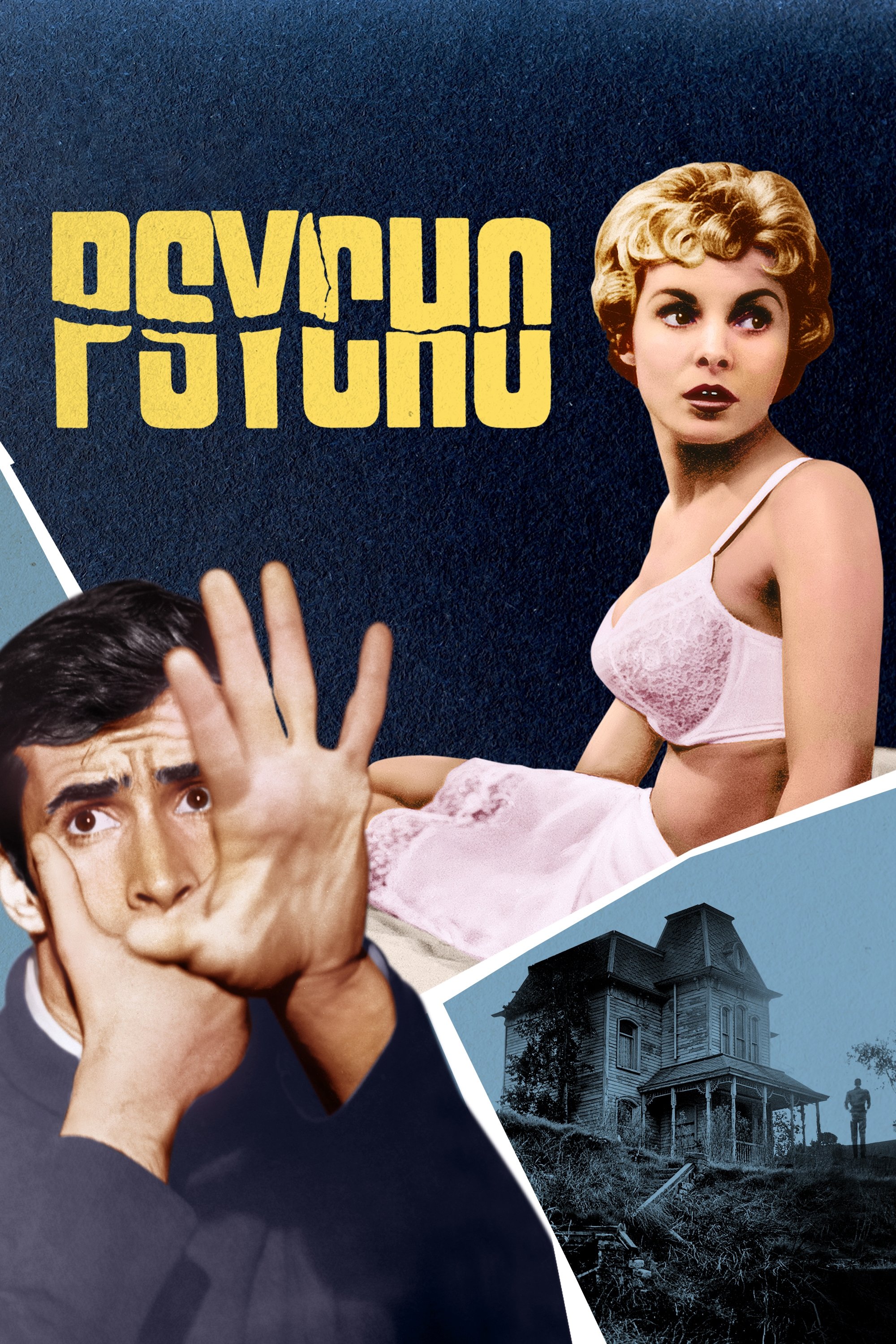
Alfred Hitchcock’s classic thriller centers around Marion Crane and the isolated Norman Bates. Starring Janet Leigh and Anthony Perkins, the film is famous for its suspenseful shower scene, which Hitchcock created using quick cuts and a dramatic musical score by Bernard Herrmann. He kept costs down by utilizing his TV crew and filming at Universal Studios. Psycho also revolutionized how movie studios dealt with revealing plot details and how audiences were seated in theaters.
‘Rear Window’ (1954)
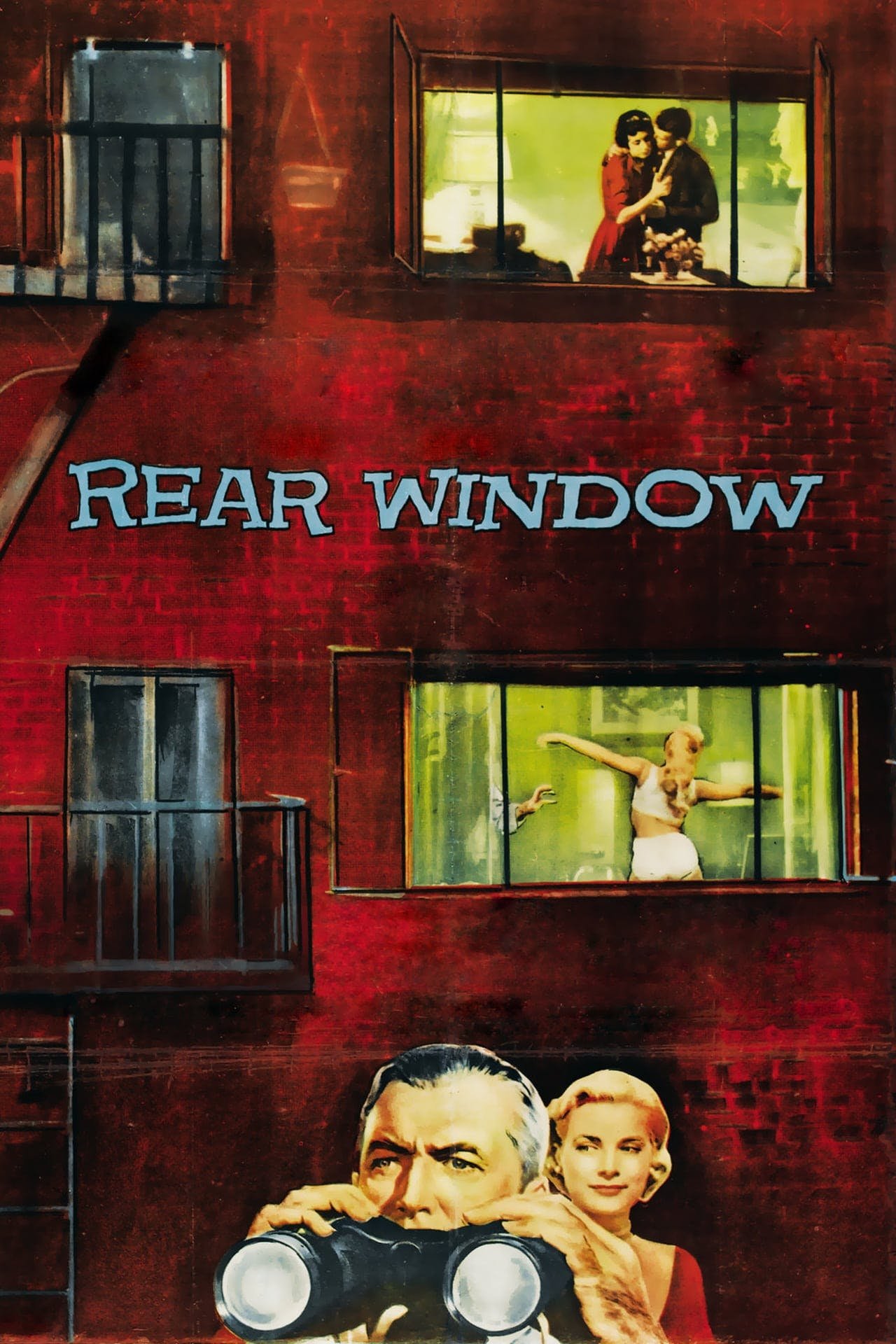
This thrilling movie follows a photographer using a wheelchair who thinks he’s seen a murder happen in the building across from his apartment. Starring James Stewart and Grace Kelly, the film is famous for being shot on a huge, specially built indoor set. It’s a fascinating look at how we watch others, told through the photographer’s lens and the windows he observes. Film students still study it today for its clever camera work and impressive set design.
‘Vertigo’ (1958)
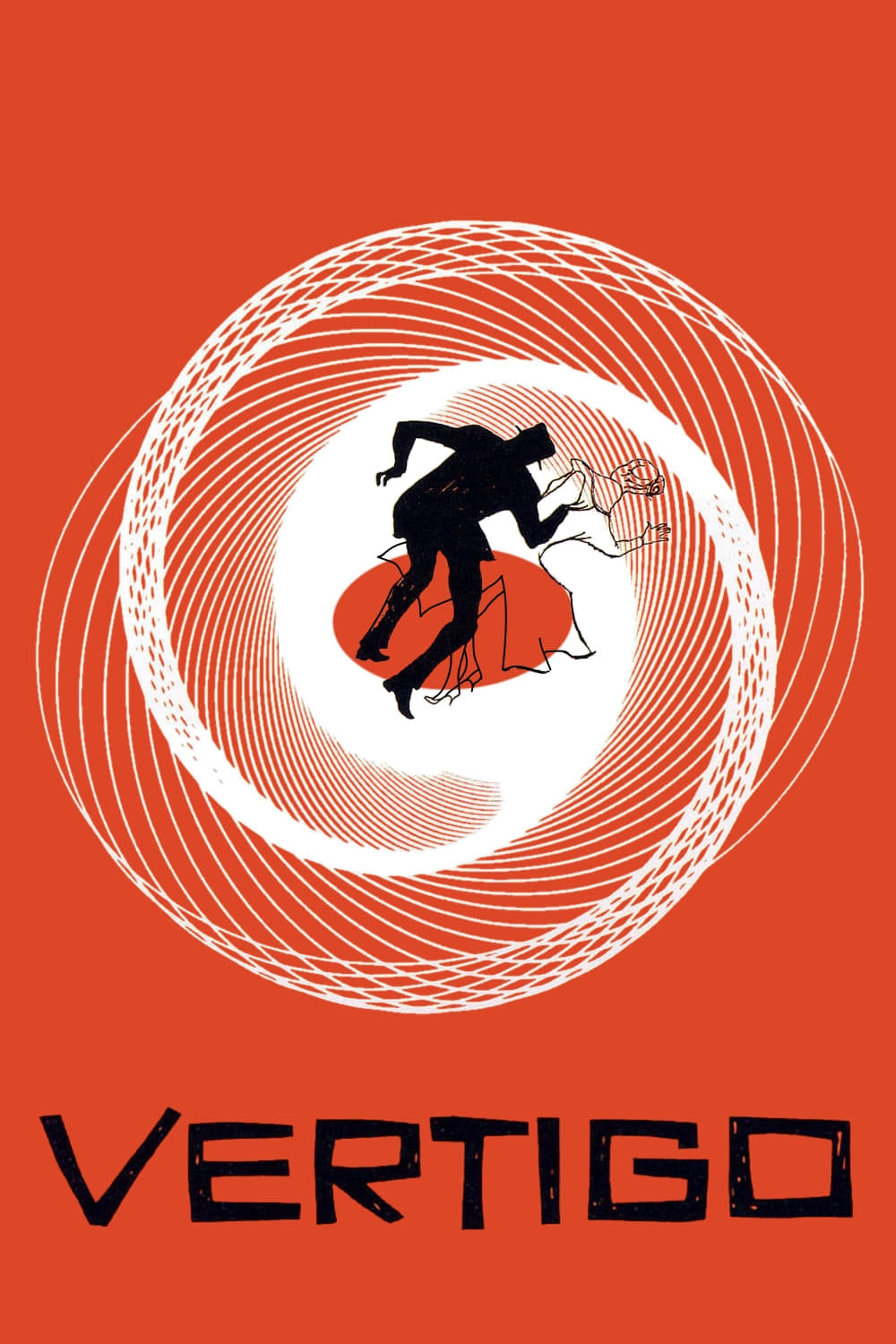
This classic film follows a former police detective who’s afraid of heights as he becomes fixated on the woman he’s been hired to tail. Starring James Stewart and Kim Novak, the movie is beautifully set against the backdrop of San Francisco’s famous locations. Its unsettling atmosphere is created through striking colors and a unique camera technique, while Bernard Herrmann’s memorable music powerfully enhances the film’s suspense and has inspired countless thrillers since.
‘North by Northwest’ (1959)
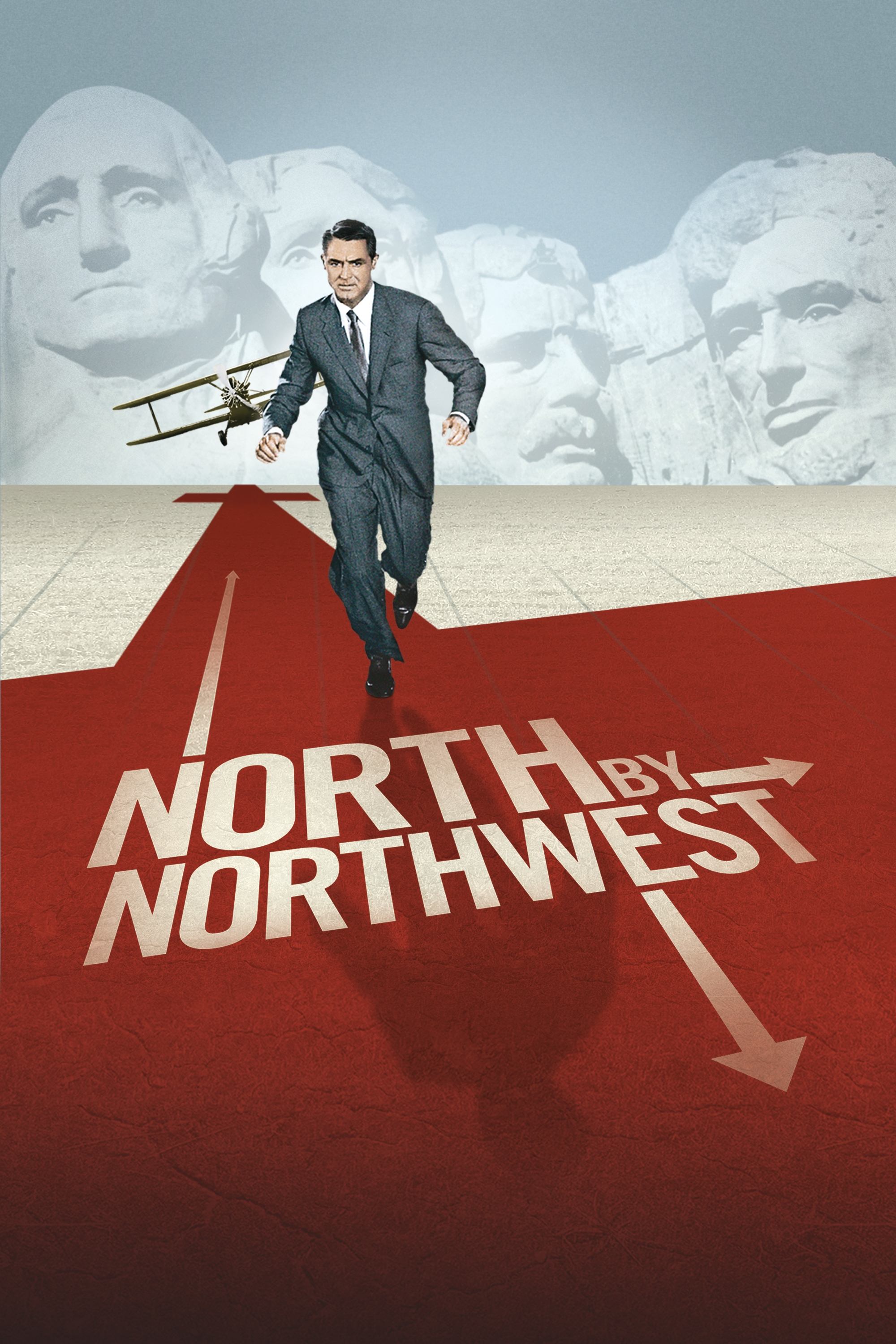
The film starts with an advertising executive accidentally caught up in a case of mistaken identity, leading him to be believed to be a spy. Starring Cary Grant and Eva Marie Saint, the thrilling story unfolds across various locations and features iconic scenes like a suspenseful chase involving a crop duster and a dramatic showdown at Mount Rushmore. The clever screenplay by Ernest Lehman hinges on this case of mistaken identity, while Saul Bass’s dynamic opening titles immediately set a fast-paced tone for the movie.
‘The Maltese Falcon’ (1941)
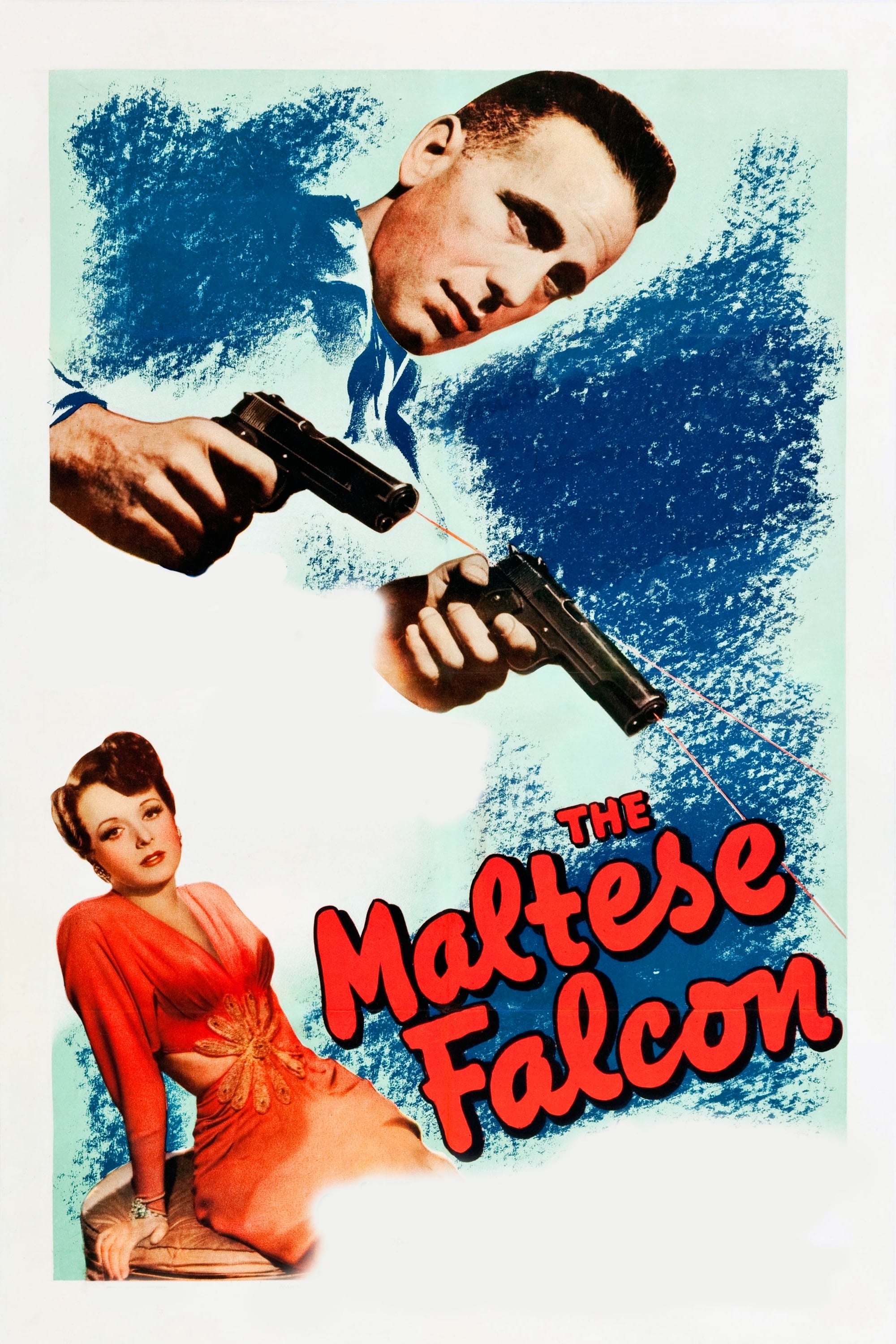
This classic detective story follows Sam Spade, played by Humphrey Bogart, as he searches for a valuable, jewel-covered statue that attracts ruthless enemies. Directed by John Huston in his first feature film, it’s based on a novel by Dashiell Hammett. The movie is famous for its distinctive shadowy visuals and sharp, realistic dialogue, and it played a key role in establishing Bogart’s iconic tough-guy image for the 1940s.
‘Double Indemnity’ (1944)
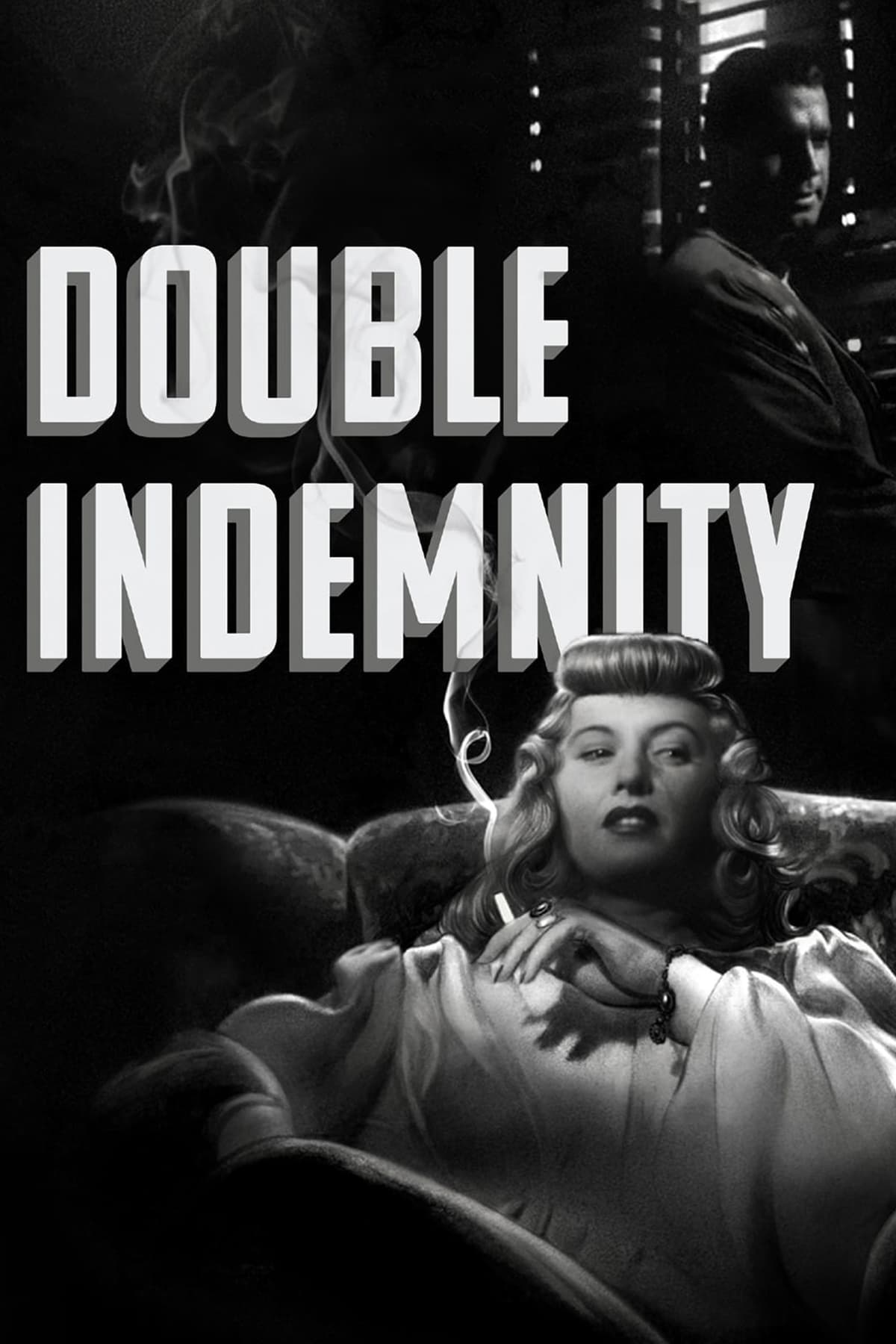
A salesman and a housewife team up to commit murder for insurance money. Starring Fred MacMurray and Barbara Stanwyck, this film features a screenplay by Billy Wilder and Raymond Chandler. The filmmakers used a special lighting technique with Venetian blinds to create dramatic shadows typical of film noir. The movie was nominated for several Academy Awards and became a major influence on future crime thrillers.
‘Sunset Boulevard’ (1950)
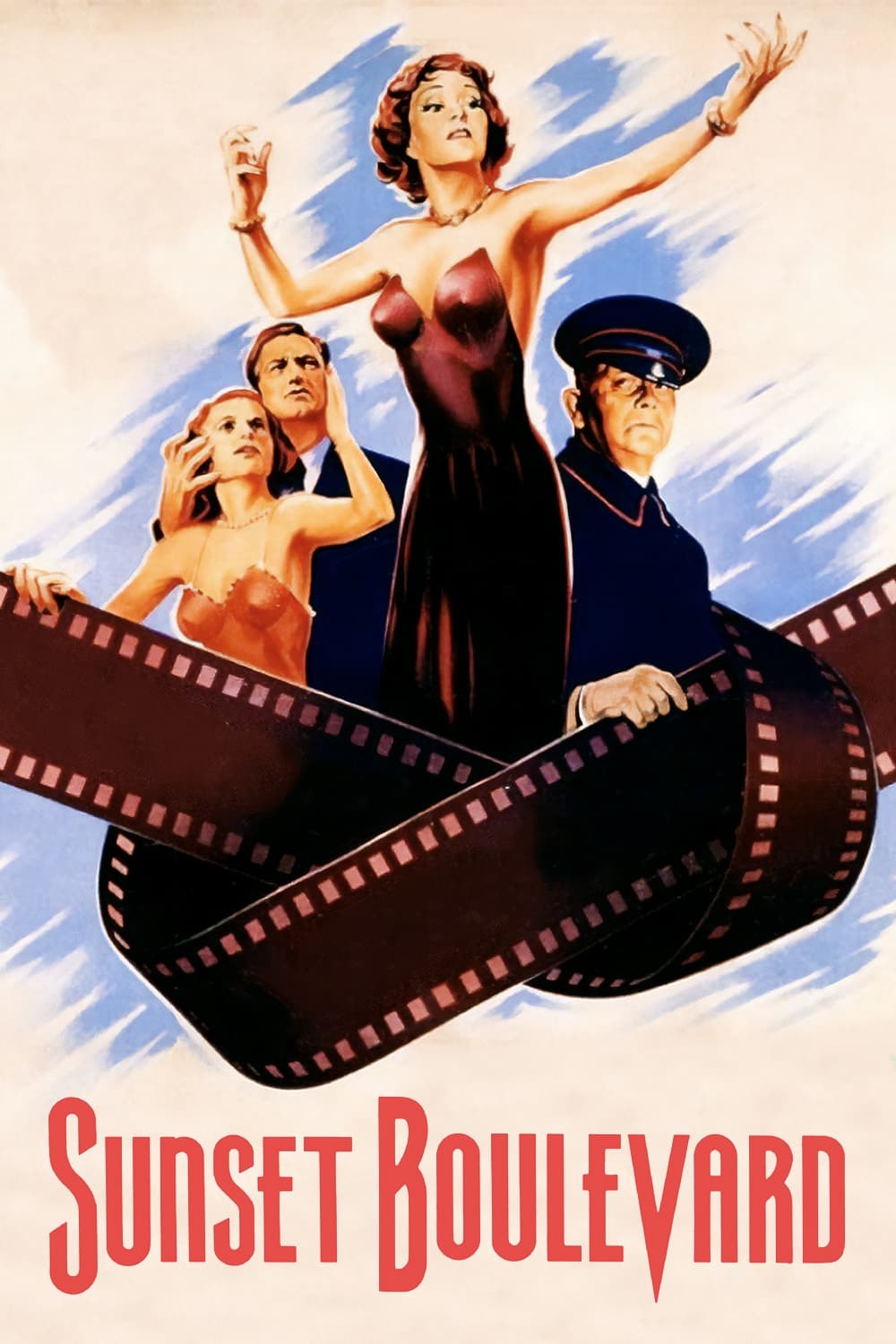
This film tells the story of a screenwriter down on his luck who crosses paths with a former silent film star. Starring William Holden and Gloria Swanson, it offers a critical look at how Hollywood treats its aging performers. Filmed on location at actual studios and featuring cameos from stars of the silent era, the movie is known for its distinctive dialogue and narration, making it a frequent subject of study when examining celebrity and popular culture.
‘All About Eve’ (1950)
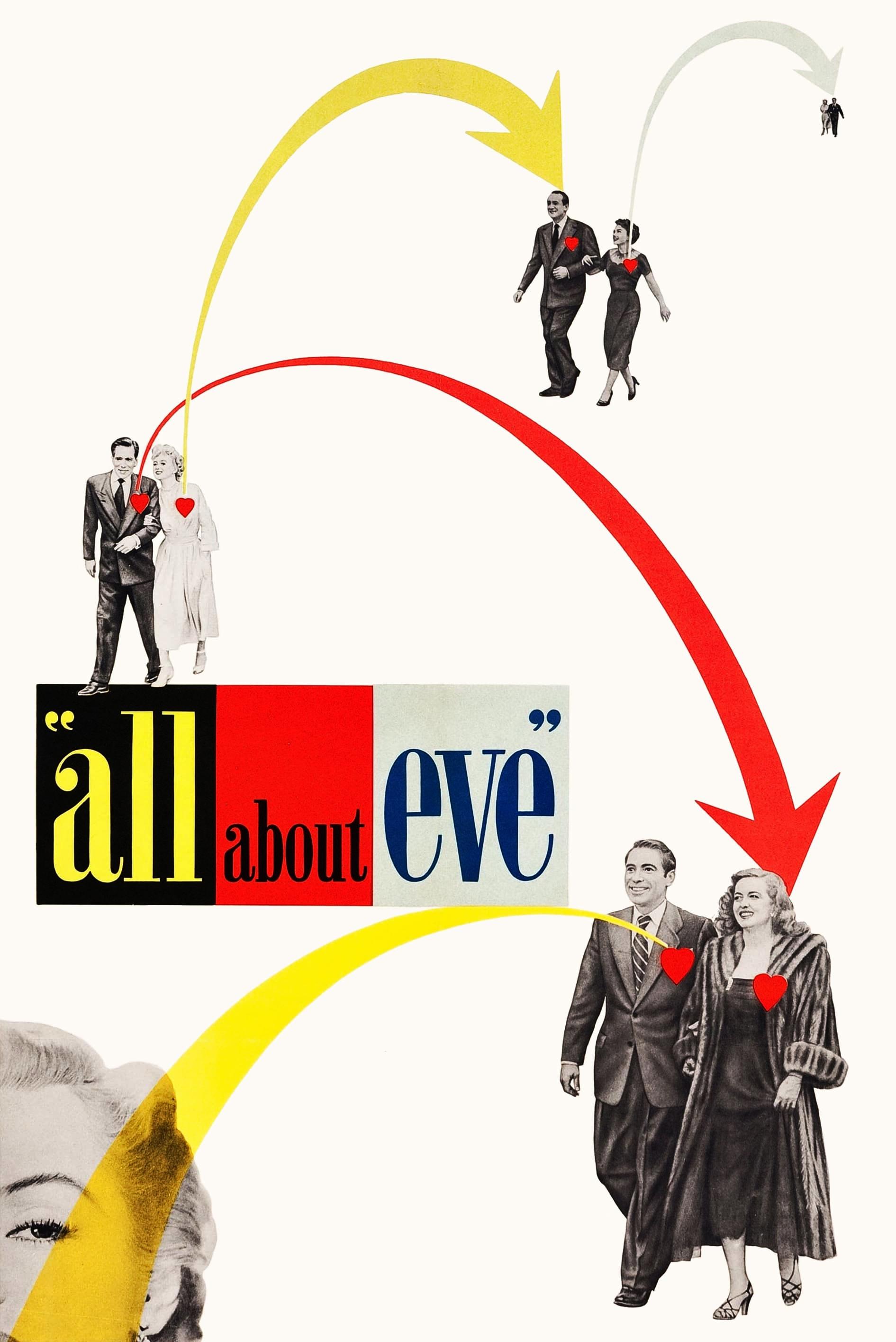
A determined young woman cleverly works her way into the life of a famous Broadway actress. Starring Bette Davis and Anne Baxter, the film tells its story by jumping between different points in time. It was a huge award winner, receiving more Oscar nominations than any other film up to that point and ultimately winning Best Picture. The movie’s realistic portrayal of the competitive world of theater set a standard for many dramas that followed.
‘The Philadelphia Story’ (1940)

Just before a glamorous wedding, a wealthy woman finds her plans disrupted by the unexpected arrival of her ex-husband and a nosy reporter. Starring Katharine Hepburn, Cary Grant, and James Stewart, this movie is a lively adaptation of a popular play. It helped revive Hepburn’s career and is a prime example of the classic, witty filmmaking style of the studio era. Film students often analyze its fast-paced dialogue and clever use of movement and positioning of the actors.
‘His Girl Friday’ (1940)
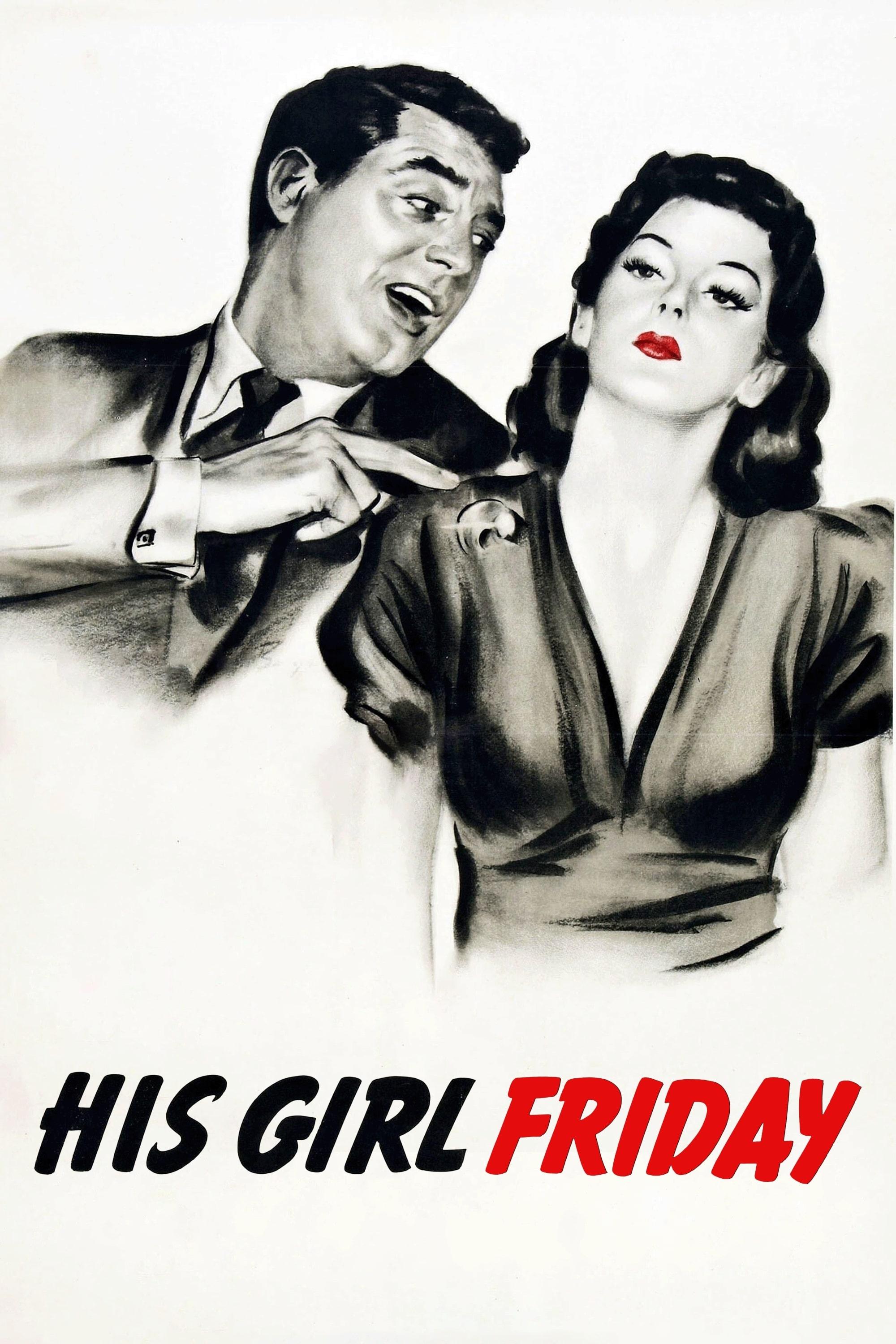
A newspaper editor tries to convince his best reporter to stay by giving her one final assignment. The film is famous for the incredibly fast-paced and overlapping dialogue between Cary Grant and Rosalind Russell. Director Howard Hawks updated the original story, changing the reporter’s gender to female. It continues to be a classic example of how to make funny movies about newspapers and office life.
‘Rebecca’ (1940)
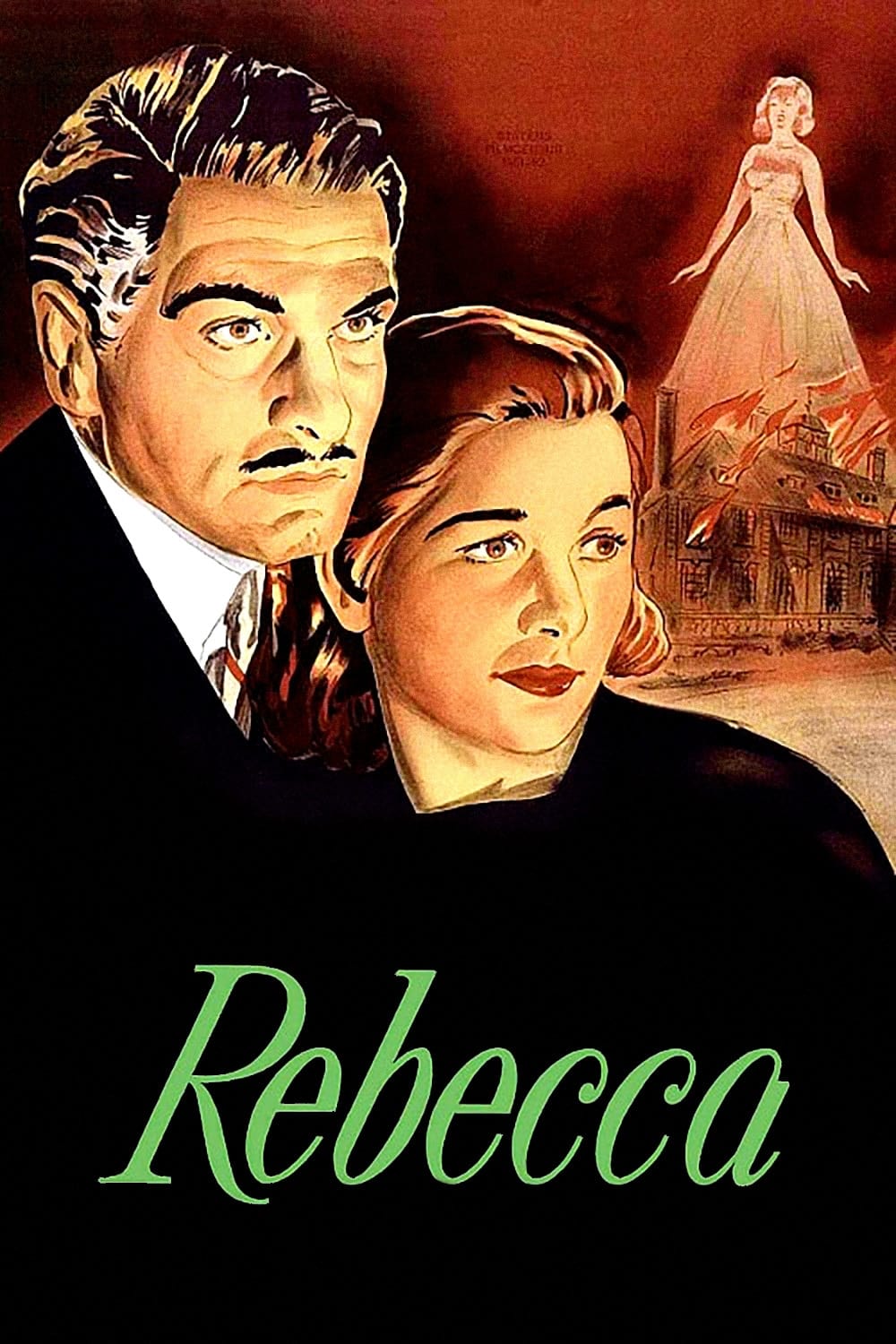
This classic film tells the story of a timid young bride who finds herself overshadowed by the memory of her husband’s late wife, all within the eerie setting of a seaside mansion. Starring Joan Fontaine and Laurence Olivier, it’s based on the novel by Daphne du Maurier. The film was meticulously crafted with historical accuracy thanks to producer David O. Selznick, and director Alfred Hitchcock masterfully creates a suspenseful, gothic mood. It won an Academy Award for Best Picture and played a key role in launching Hitchcock’s career in America.
‘Notorious’ (1946)
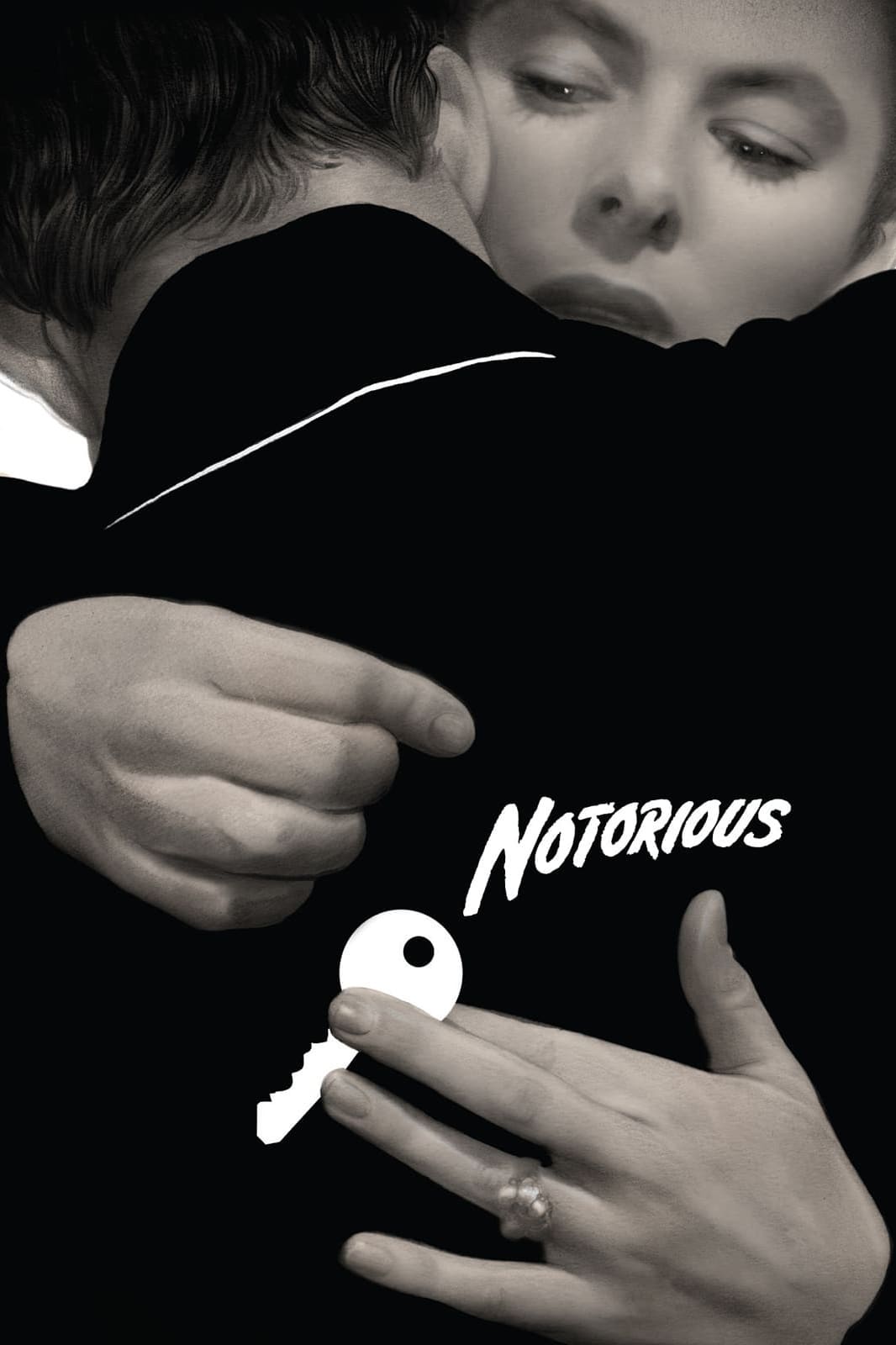
A woman with a questionable past is sent undercover to investigate former Nazis hiding in South America. Starring Ingrid Bergman and Cary Grant, the film centers on a mission that requires her to marry a man played by Claude Rains. It’s famous for a cleverly filmed key scene and a surprisingly long kiss, both of which worked around the strict movie codes of the time. The movie expertly combines a love story with thrilling spy action, using precise camera work and carefully planned shots.
‘The Third Man’ (1949)
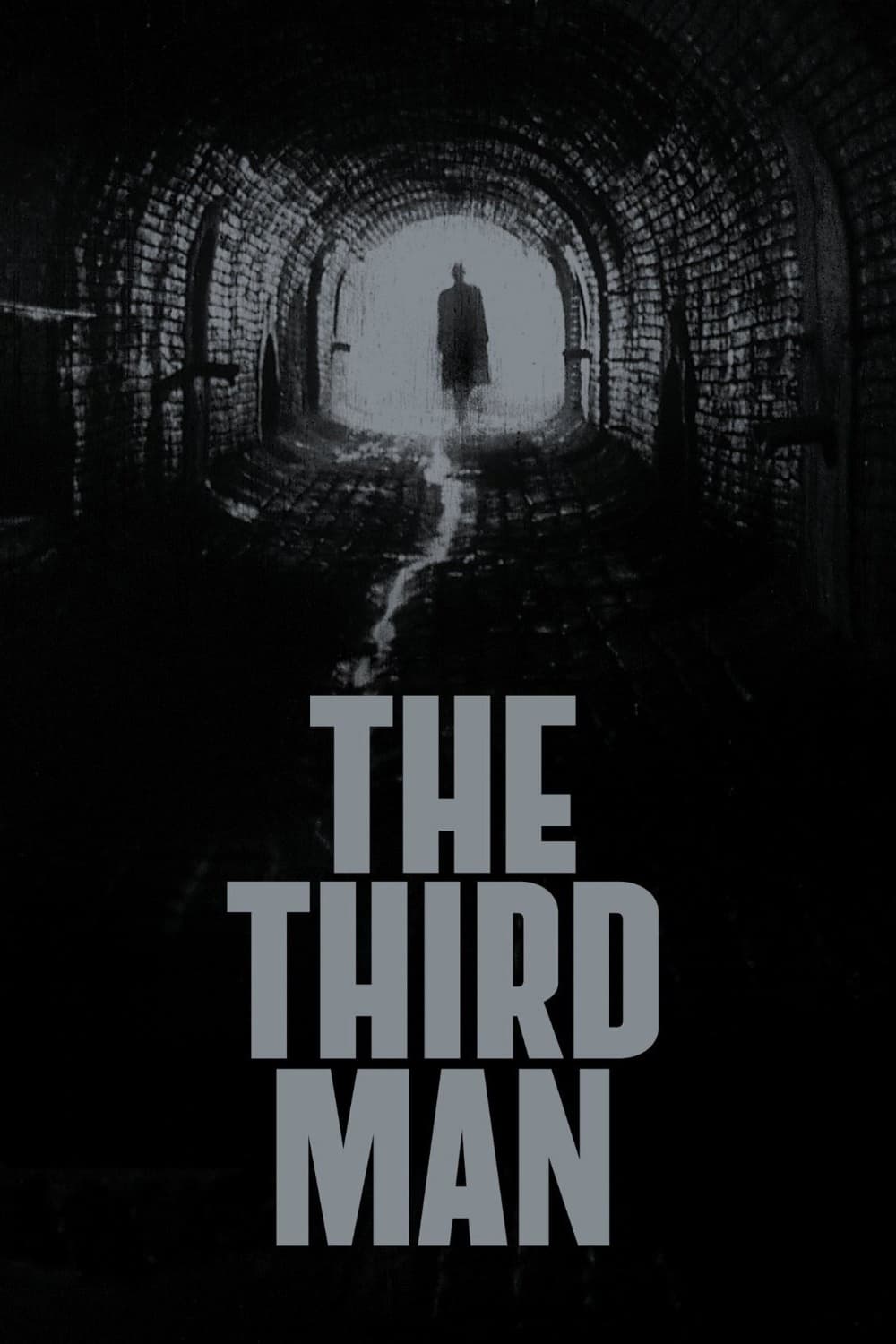
This classic film, set in Vienna after World War II, follows a writer as he tries to solve the murder of a friend, uncovering a world of illegal trading along the way. Starring Joseph Cotten and Orson Welles, the movie was filmed on location, showcasing the city’s war-torn appearance. Director Carol Reed used unusual camera angles and dramatic lighting to create a sense of uncertainty and moral ambiguity. The film is also famous for its distinctive zither music, composed by Anton Karas, which became a popular song and is instantly recognizable as part of the movie’s atmosphere.
‘Roman Holiday’ (1953)
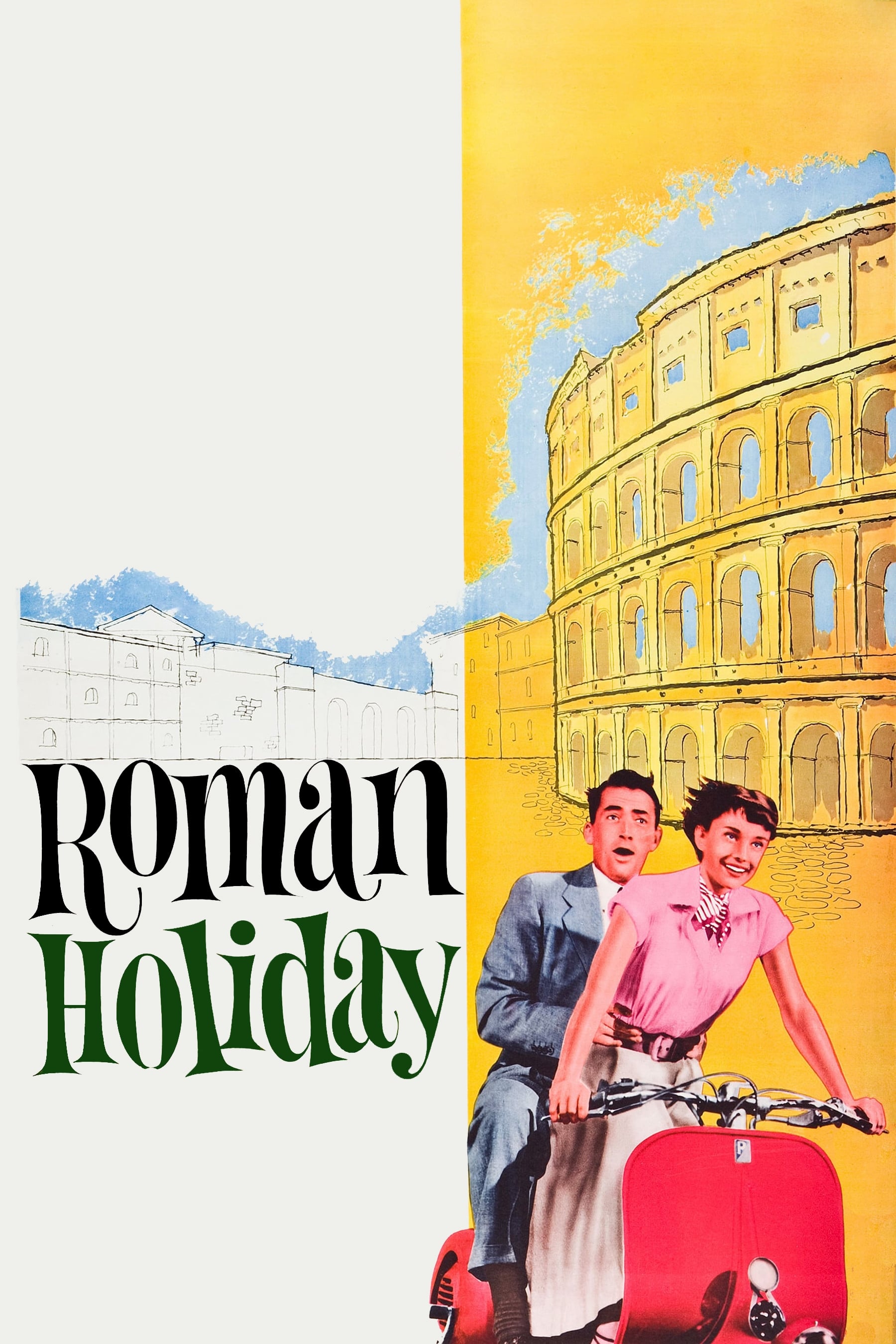
In the charming film Roman Holiday, a princess secretly escapes her royal duties and enjoys an adventure in Rome with a curious reporter. Starring Audrey Hepburn and Gregory Peck, the movie was filmed on location at many of the city’s famous landmarks. Hepburn’s performance earned her an Academy Award, and a memorable scene featuring a Vespa scooter helped make the vehicle popular worldwide in the 1950s.
‘High Noon’ (1952)
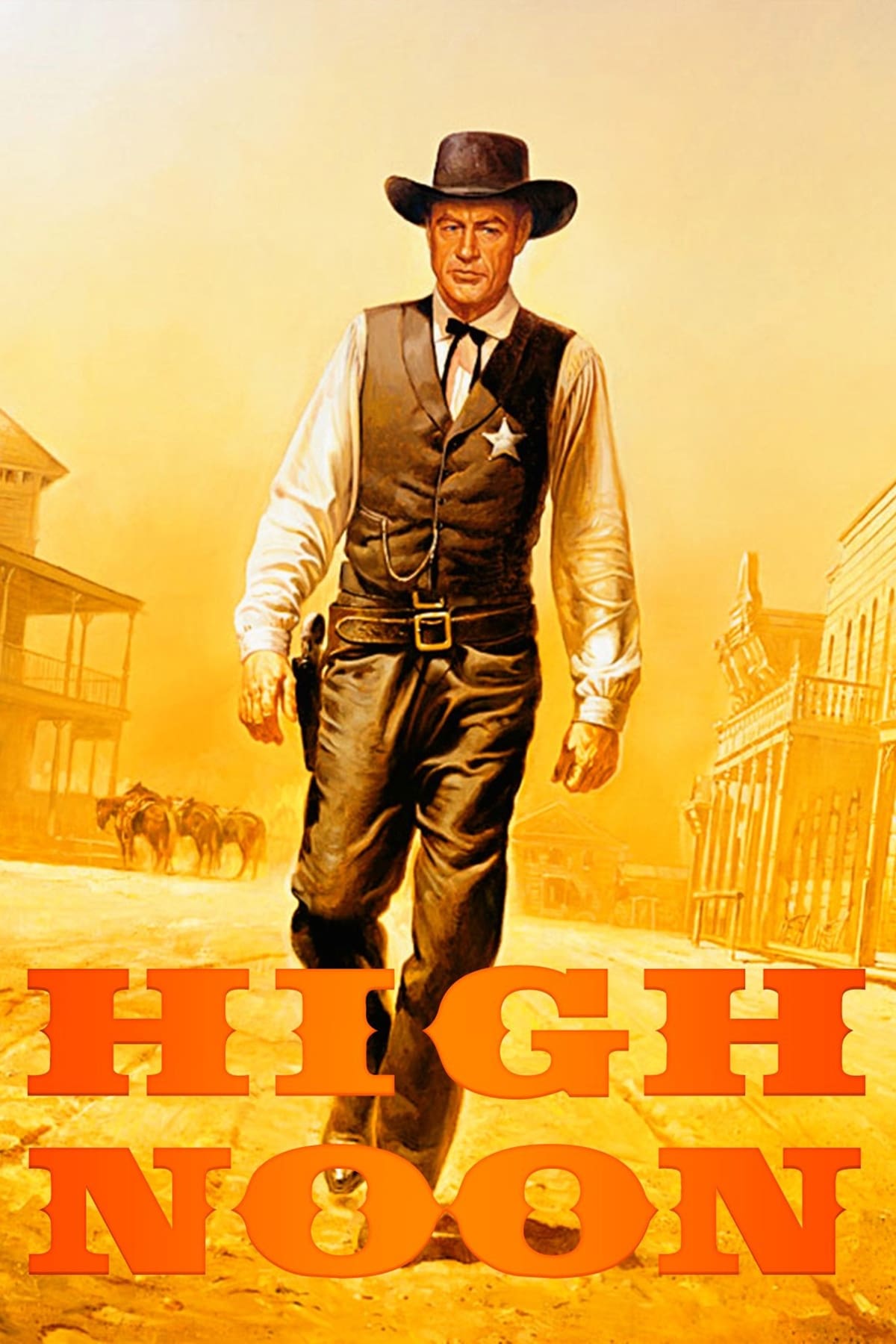
A lawman is confronted by an outlaw who’s come back to town, but no one will assist him. Starring Gary Cooper and Grace Kelly, the movie unfolds almost as it happens, with on-screen clocks emphasizing the urgency. The film’s iconic musical score, composed by Dimitri Tiomkin, was also a popular success and connected directly to the story. Its creation has often been linked to the political tensions of the early 1950s.
‘Shane’ (1953)
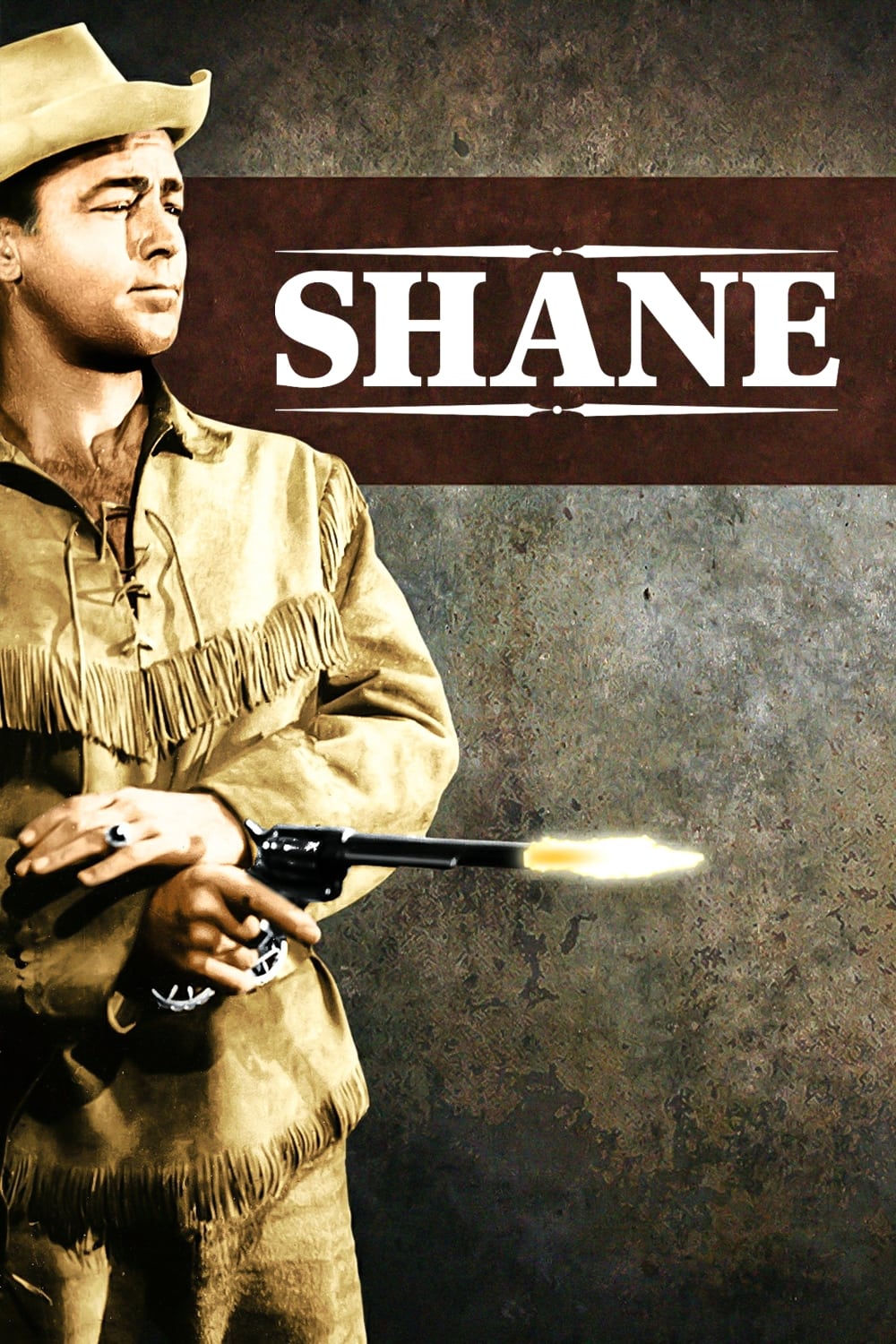
A quiet gunslinger attempts to escape his violent past by aiding a family building a new life on the Wyoming frontier. Starring Alan Ladd, Jean Arthur, and Van Heflin, the film was shot on location in the stunning Teton mountains. The filmmakers paid special attention to the sound of gunshots to make them more powerful, and the movie’s final scene and closing line have become iconic in the Western genre.
‘On the Waterfront’ (1954)
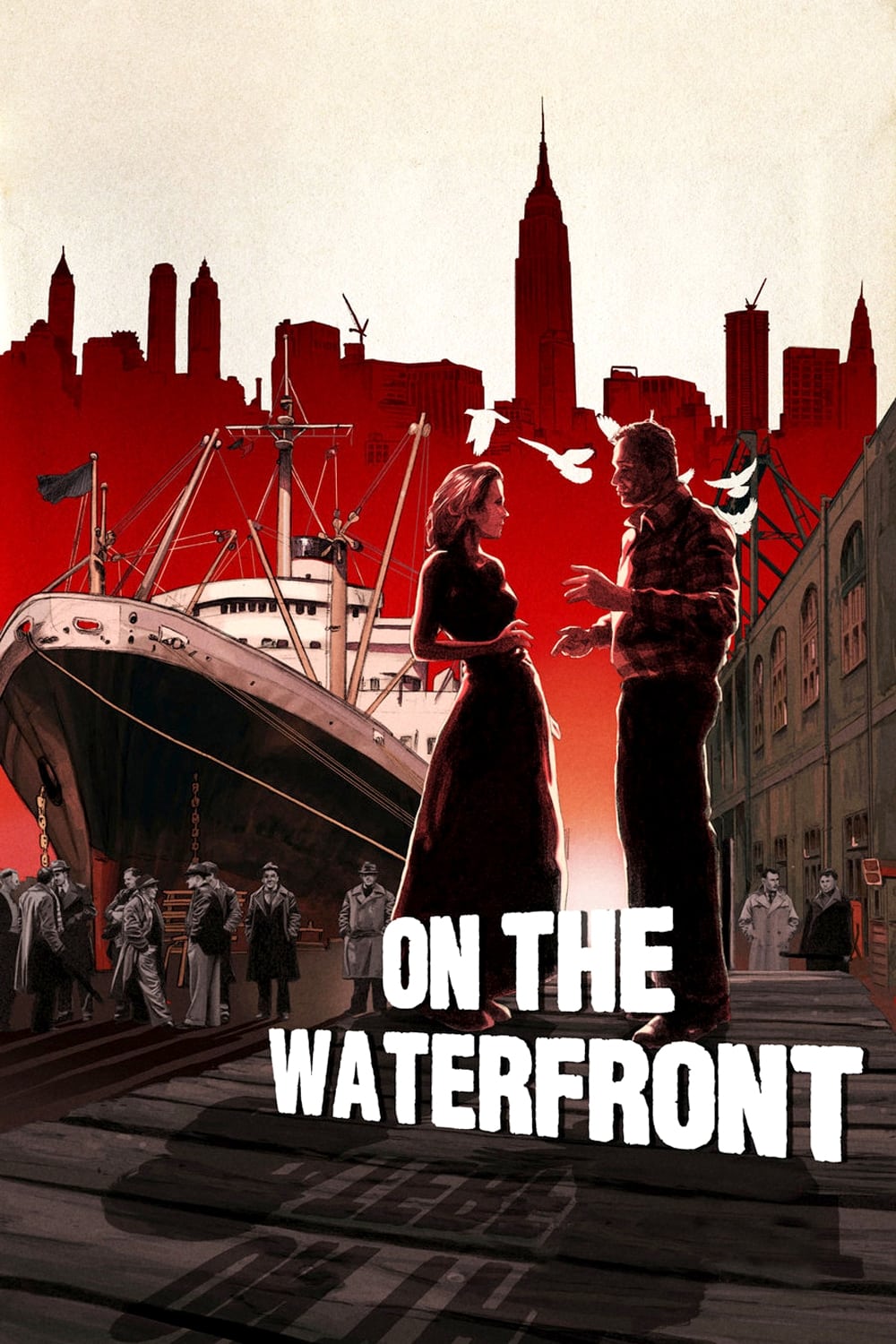
This classic film follows a dockworker who takes on corruption in his union. Starring Marlon Brando, Eva Marie Saint, and Karl Malden, it was famously filmed in Hoboken, New Jersey. The actors’ realistic performances, thanks to the use of method acting, were groundbreaking. The movie was a critical success, winning several Academy Awards, including Best Picture and Best Actor.
‘The Apartment’ (1960)
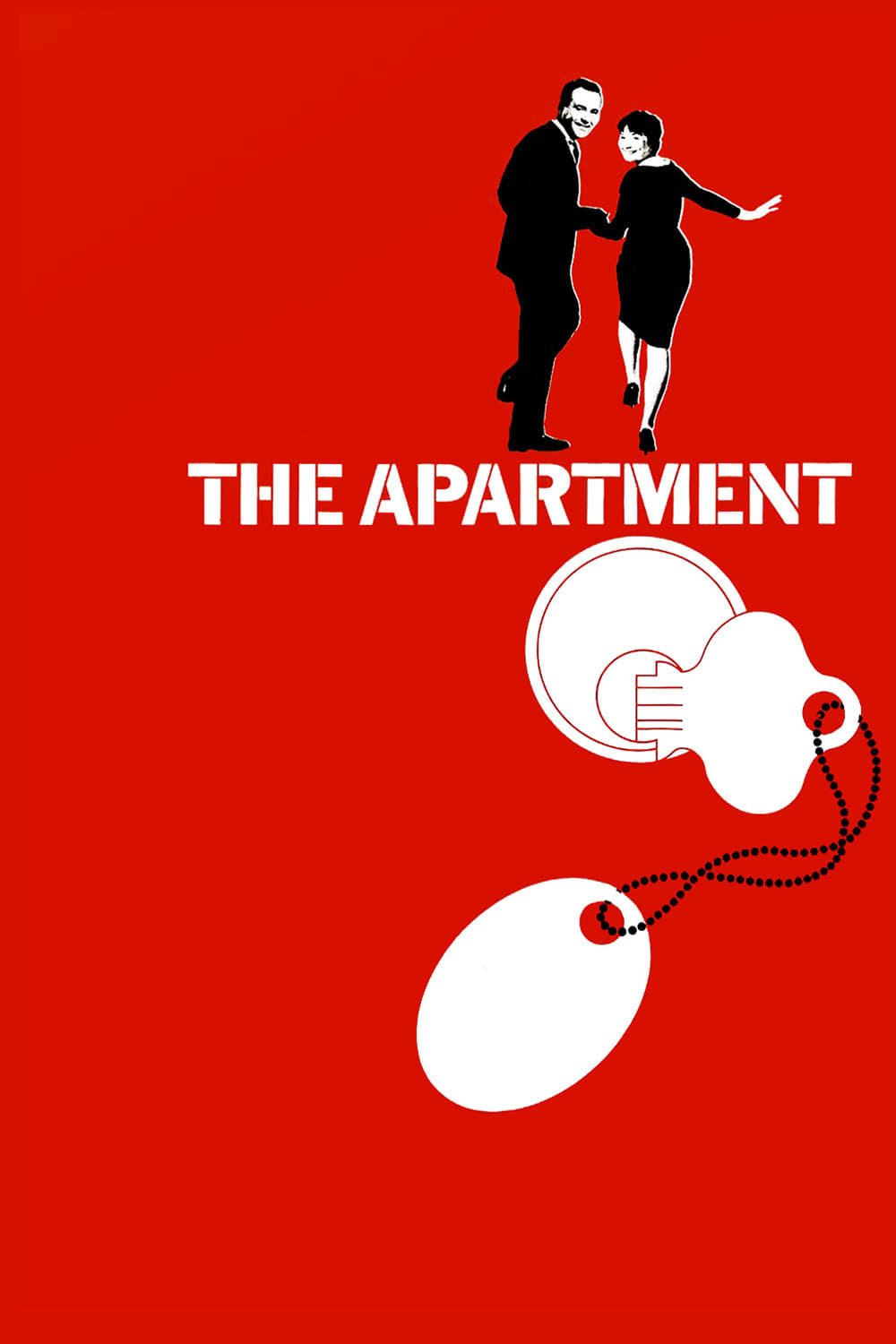
This classic film follows an insurance clerk in New York City who secretly allows company executives to use his apartment for romantic encounters, leading to complications at work. Starring Jack Lemmon and Shirley MacLaine, and directed by Billy Wilder, the movie offers a sharp look at office life and the sacrifices people make in their careers during the mid-20th century. It famously won the Academy Award for Best Picture and is well-known for its clever and innovative script.
‘Some Like It Hot’ (1959)
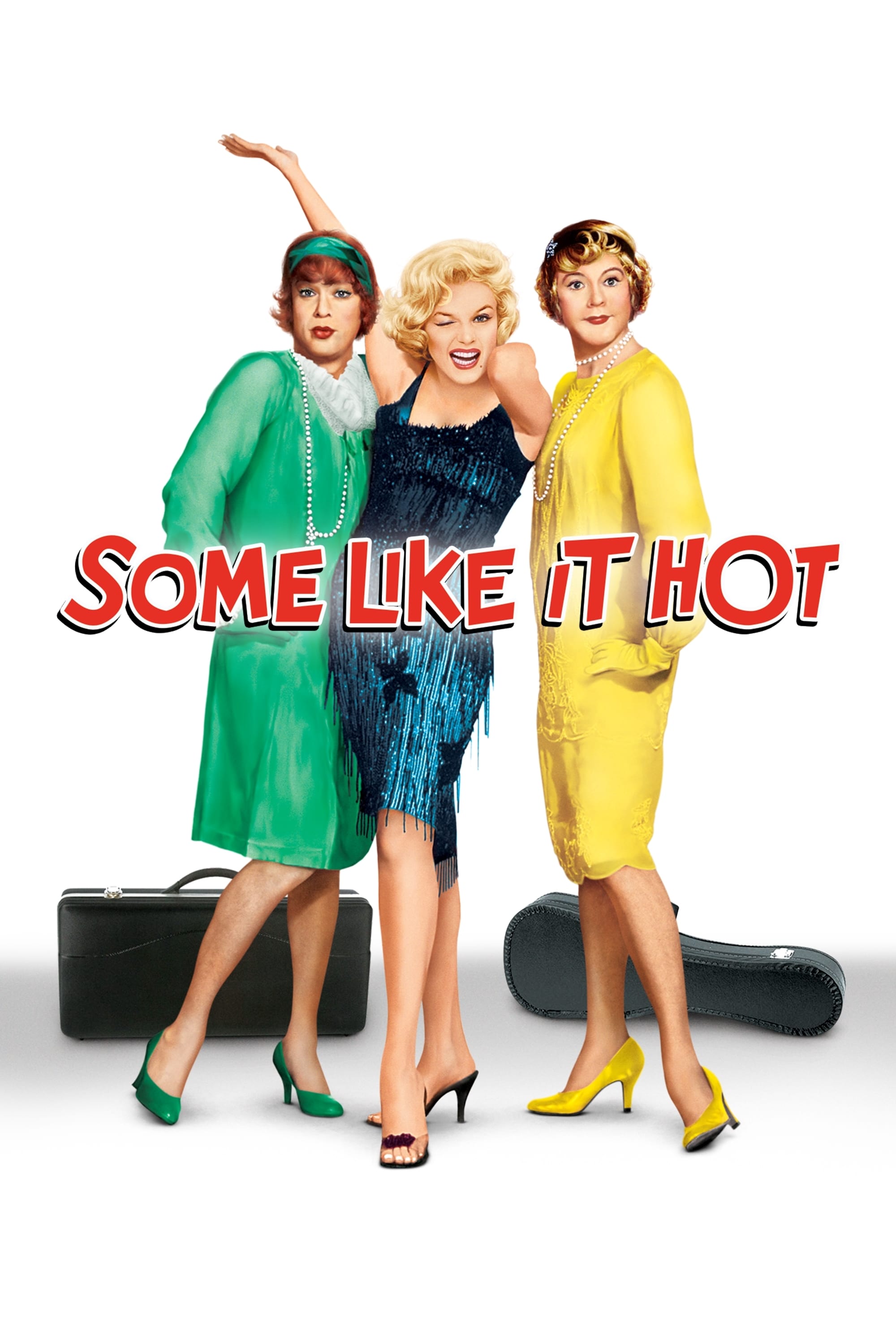
In this hilarious comedy, two musicians disguise themselves as women and join an all-female band after witnessing a crime. Starring Marilyn Monroe, Tony Curtis, and Jack Lemmon, the film was daring for its time and stretched the limits of what was acceptable on screen. The movie captures the look and feel of the Jazz Age through a combination of on-location shooting and studio sets, and it’s famous for its unforgettable final line.
‘Brief Encounter’ (1945)
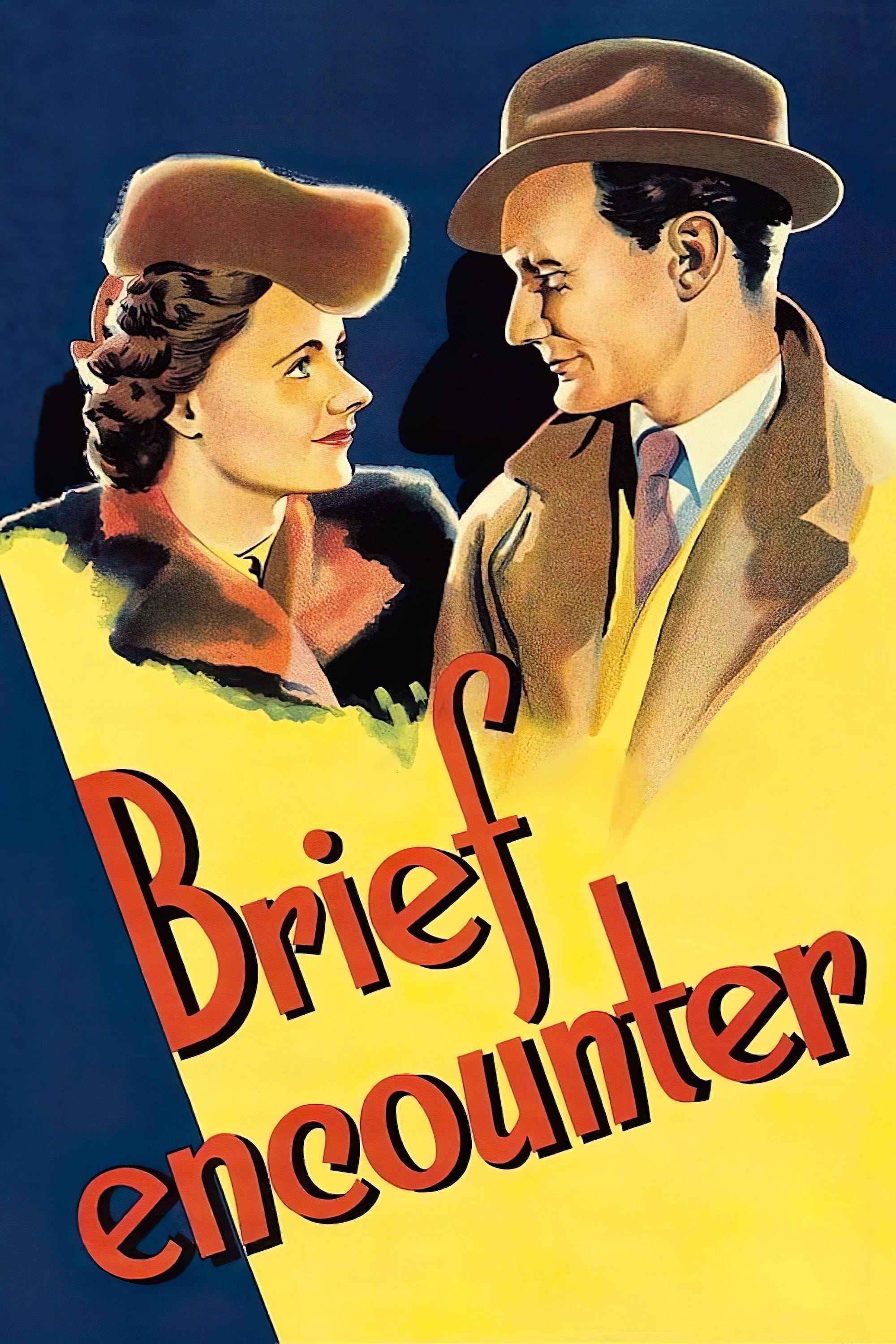
David Lean’s film, based on a play by Noël Coward and starring Celia Johnson and Trevor Howard, tells the story of a brief, carefully hidden romance between a married woman and a doctor who meet unexpectedly at a train station. The film uses the music of Rachmaninoff to highlight the characters’ feelings of desire and their need for emotional control, and its use of train station settings and narration creates a personal and focused viewing experience.
‘Kind Hearts and Coronets’ (1949)
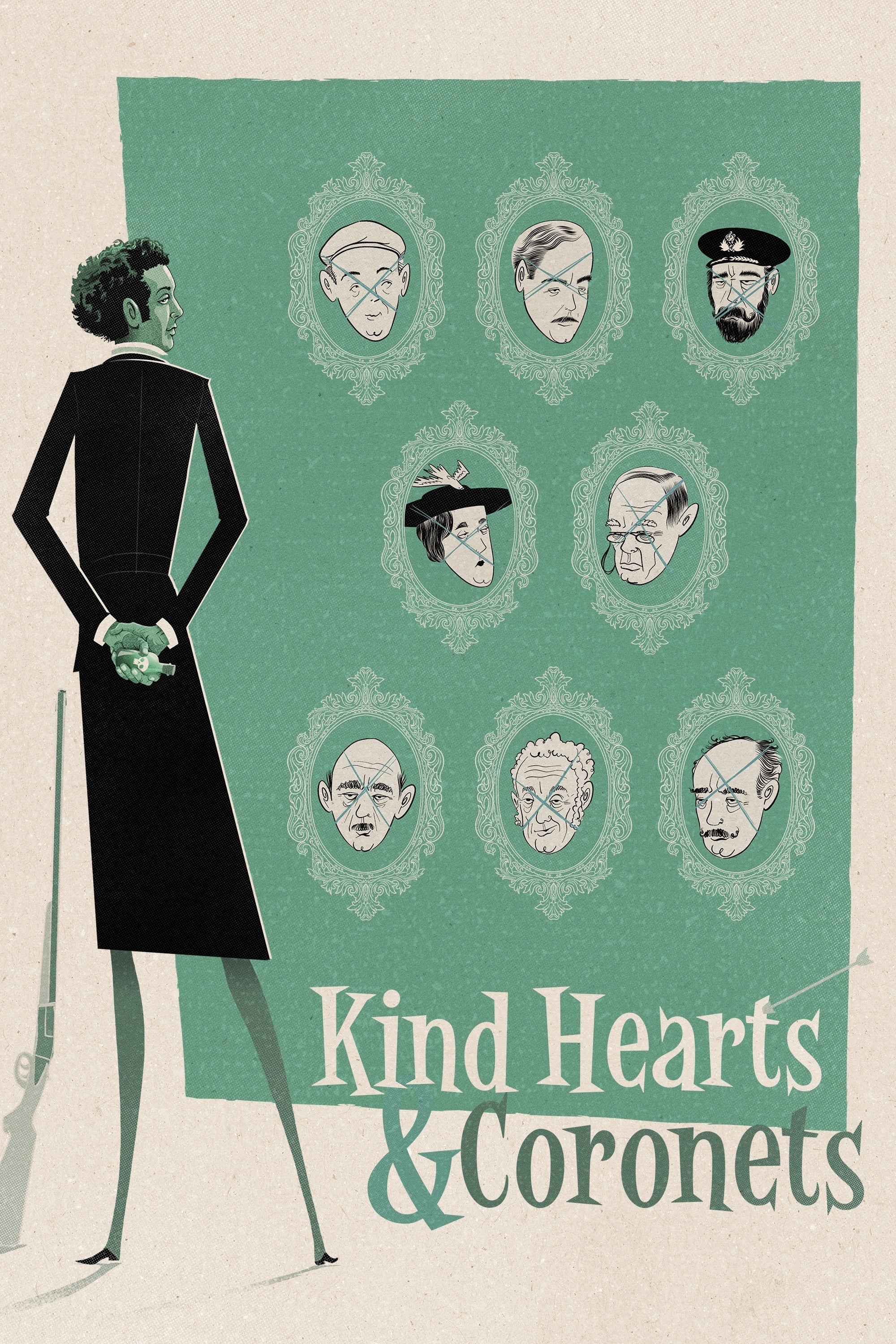
A determined man commits a series of crimes to claim a noble title. Alec Guinness brilliantly plays several characters – including his own relatives – using clever makeup and filmmaking techniques. The film expertly combines a grim story with historically accurate details. Innovative editing and special effects allow Guinness to appear alongside himself in scenes with multiple people.
‘Great Expectations’ (1946)
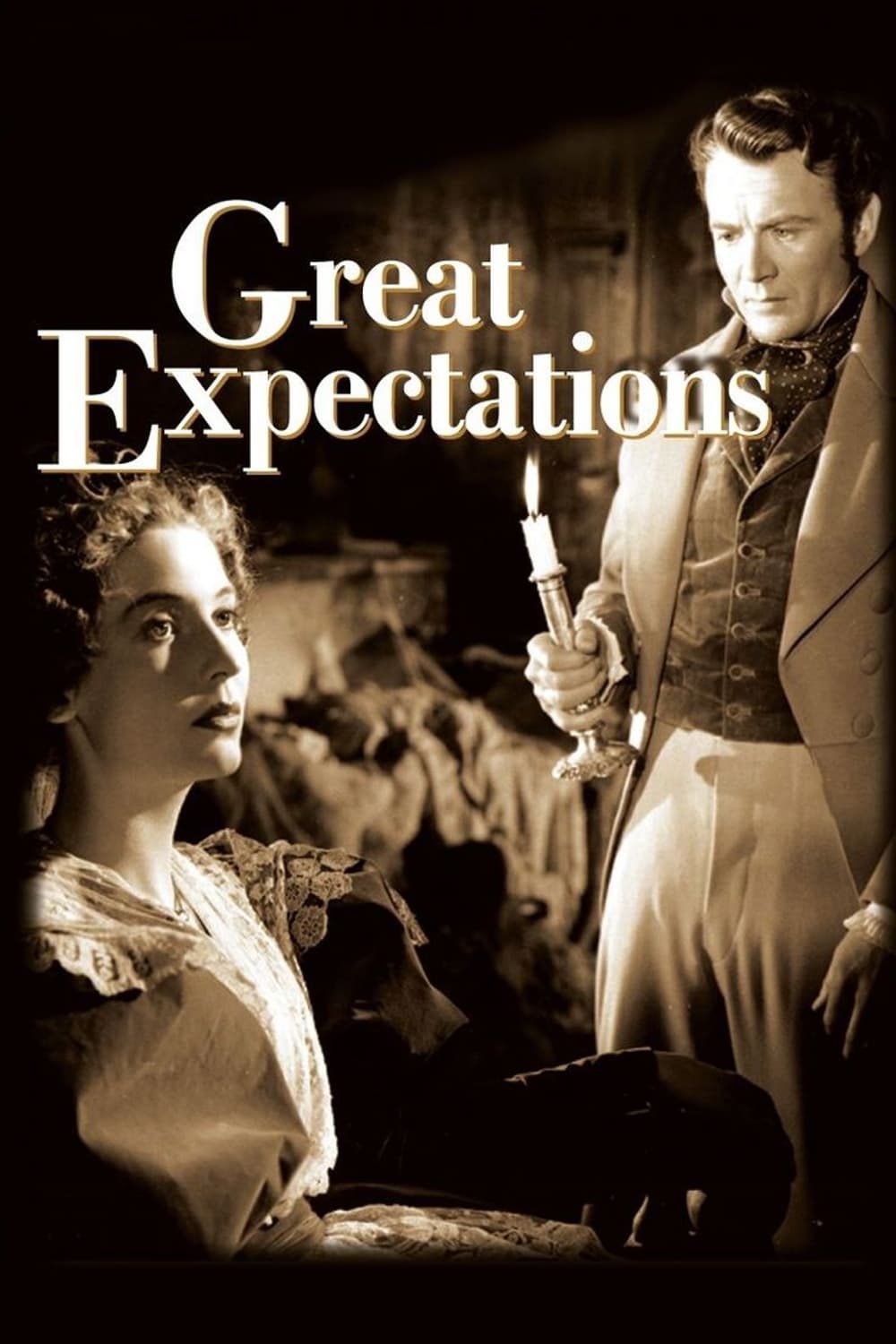
This film tells the story of a young blacksmith’s apprentice whose life is unexpectedly transformed by a secret benefactor. Starring John Mills, Valerie Hobson, and Alec Guinness, this adaptation of Charles Dickens’ novel is directed by David Lean. Lean employed striking, stylized sets for the character’s mansion to convey emotion and a sense of the past, and the film’s opening scene, set in a misty marsh, became famous for its captivating atmosphere and influence on future book-to-film adaptations.
‘The Sound of Music’ (1965)
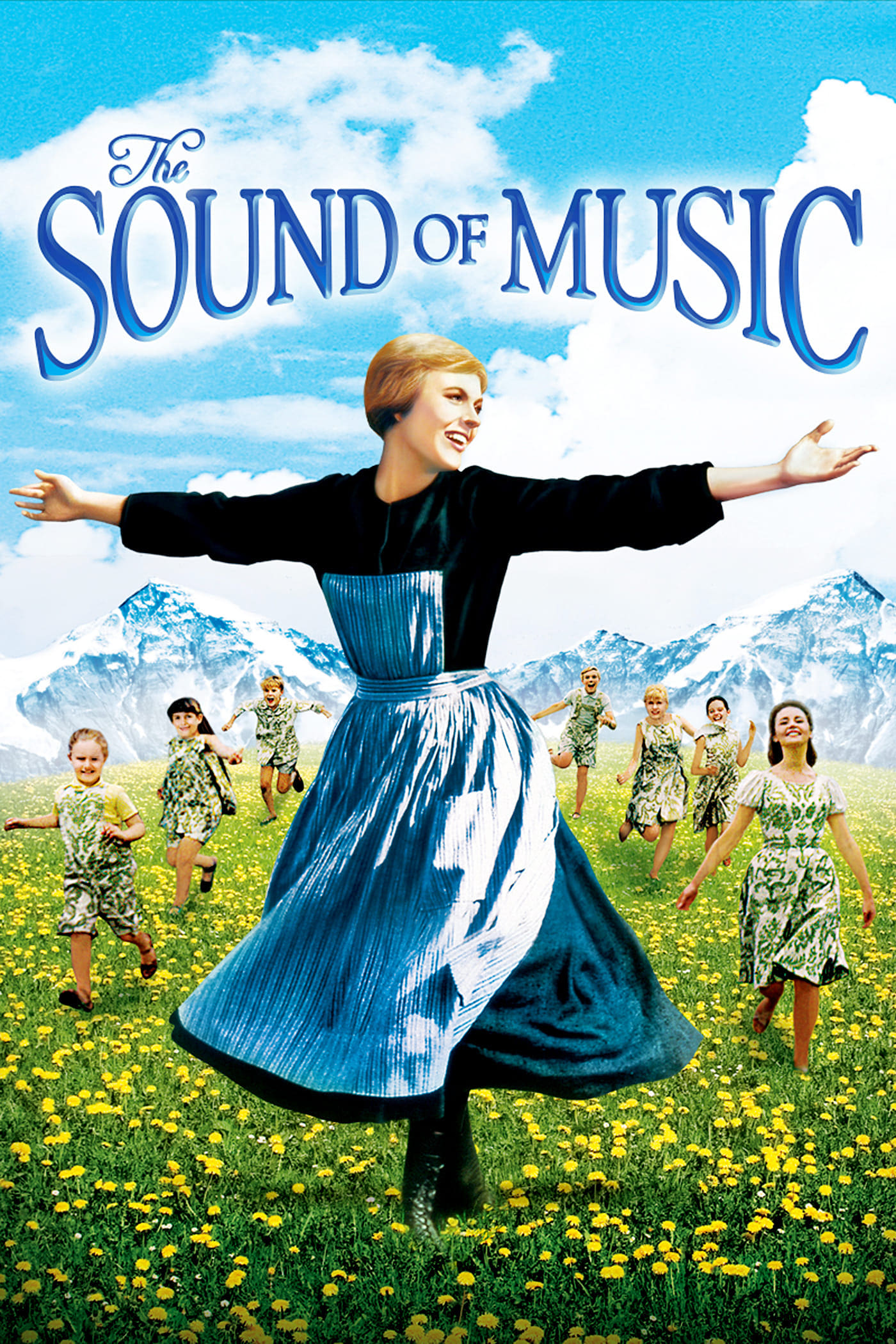
Set against the backdrop of Austria’s changing political climate in the late 1930s, this film tells the story of a governess who brings joy and music to a family. Starring Julie Andrews and Christopher Plummer, it was filmed on location in Salzburg, with indoor scenes created in a studio. The film’s soundtrack was a huge success, reaching number one in many countries and selling millions of copies. It won the Academy Award for Best Picture and sparked renewed interest in the inspiring true story of the Von Trapp family.
‘Mary Poppins’ (1964)
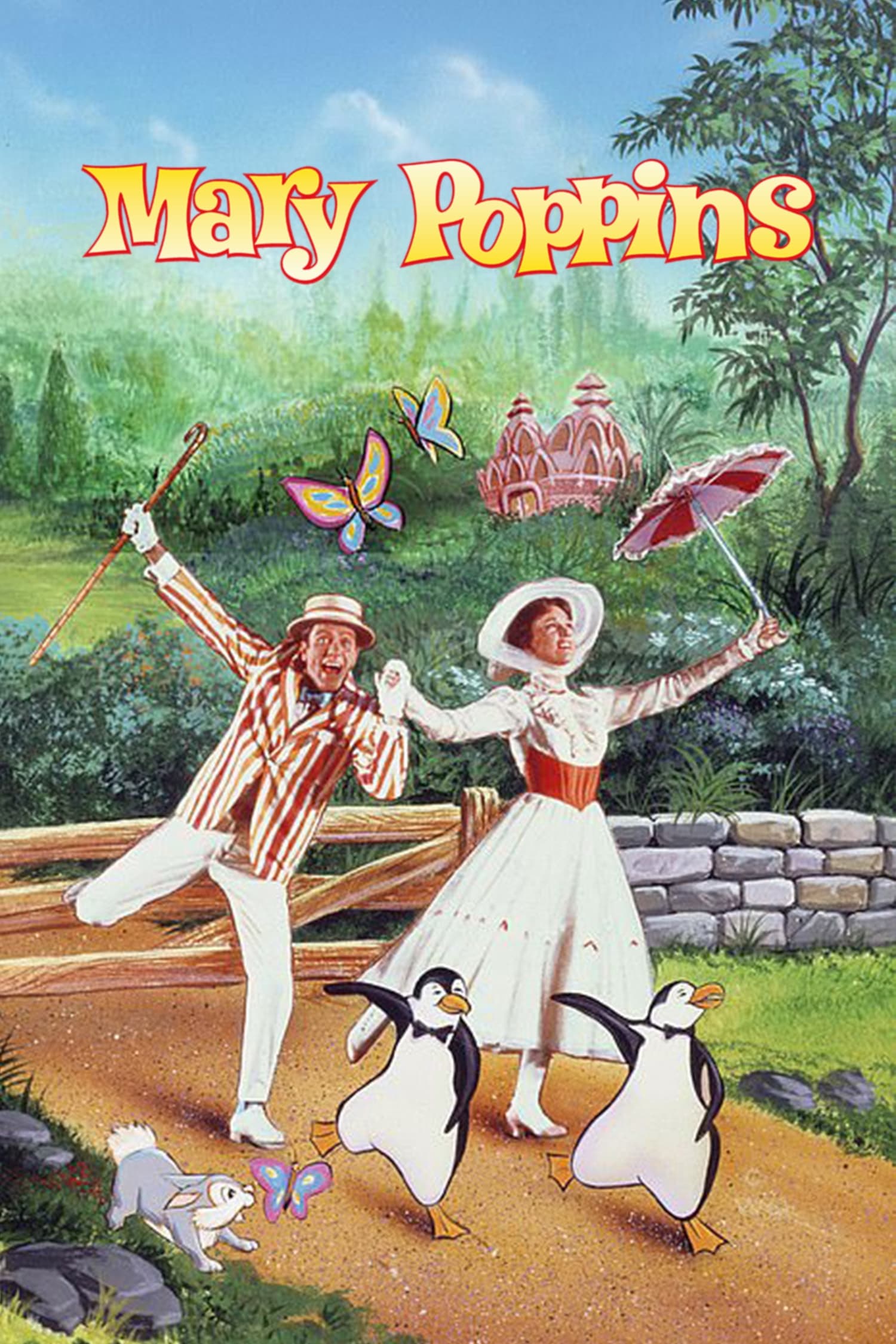
A heartwarming story unfolds when a magical nanny comes to the aid of a family in London and their two children. Starring Julie Andrews and Dick Van Dyke, the film uniquely blended live actors with animated sequences using a special visual effect. It’s filled with memorable songs that are still beloved today, and was a critical success, winning Julie Andrews an Academy Award for Best Actress, among other honors.
Read More
- Bitcoin’s Ballet: Will the Bull Pirouette or Stumble? 💃🐂
- Can the Stock Market Defy Logic and Achieve a Third Consecutive 20% Gain?
- Dogecoin’s Big Yawn: Musk’s X Money Launch Leaves Market Unimpressed 🐕💸
- Deepfake Drama Alert: Crypto’s New Nemesis Is Your AI Twin! 🧠💸
- LINK’s Tumble: A Tale of Woe, Wraiths, and Wrapped Assets 🌉💸
- XRP’s Soul in Turmoil: A Frolic Through Doom & Gloom 😏📉
- SentinelOne’s Sisyphean Siege: A Study in Cybersecurity Hubris
- Unbelievable News: Brazil’s B3 Stock Exchange to Unveil a Stablecoin Next Year!
- Ethereum’s DeFi Domination: Why Rivals Are Feeling the Squeeze 🤑
- Zcash Climbs 12% in an Unexpected Heroic Comeback-Even Coins Have Feelings, You Know?
2025-10-22 14:09